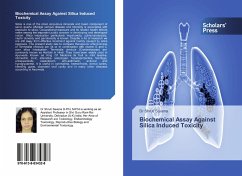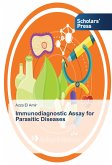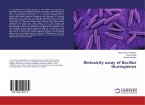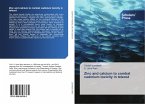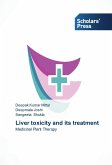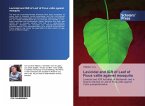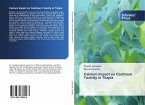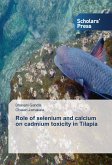Silica is one of the most ubiquitous minerals and basic component of sand, quartz. Multiple serious disease and mortality is associated with exposure to silica. Occupational exposure and its related health effects ranks among the important public concern in developing and developed nation. Silica intoxication particularly hepatoxicity, pulmonarytoxicity, nephr otoxicity and genotoxicity is known. Despite a lot of research we are still away from effective treatment against toxicity caused by silica exposure. The present study was to compare therapeutic effectiveness of Terminalia chebula per se or in combination with vitamin E and C over silica intoxication. Terminalia chebula (Combretaceae) are commonly known as Haritaki in Hindi. They have been widely used in Ayurveda Known as King Of Medicine. Its fruit is mild laxative, stomachic, tonic, alterative, adaptogen, hepatoprotective, febrifuge, antispasmodic, expectorant, anti-asthmatic, antiviral and hypoglycaemic. It is useful in ophthalmia, hemorrhoids, dental caries, bleeding gums, ulcerated oral cavity and in many other diseases according to Ayurveda.
Bitte wählen Sie Ihr Anliegen aus.
Rechnungen
Retourenschein anfordern
Bestellstatus
Storno

